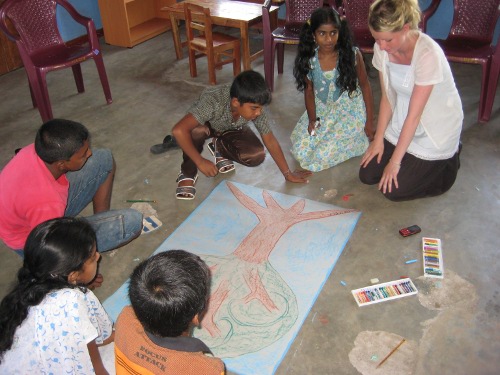In post-war Sri Lanka it is important to acknowledge that ethnic tensions may still remain even after the end of the conflict in 2009. An end to the fighting does not target the roots of the conflict or the protracted ethnic consciousnesses of the Sinhalese, Tamils, and muslims. Thus peacebuilding which acknowledges the roots of the conflict and tries to prevent further conflict is essential in achieving a durable positive peace as described by Johan Galtung.

Trauma and experiences endured by both ethnic groups become affected by ‘selective forgetting and remembering’ and this forms a constructive past in order to validate emotions and threats felt in the present. In a protracted social conflict, ‘us’ and ‘them’ both construct their own threatened world; this dichotomy is a result of constructive memories, traumas and threats. This group identity and their shared trauma and experiences cannot be expected to disappear with the end of the armed conflict. This strong ethnic consciousness has been passed down to the children and young people in society, many or most of them born after the beginning of the conflict in 1983 and never viewed the ‘Other’ as anything but an enemy. Personally, I see that this should be seen as the one of the main barriers in achieving sustainable peace in Sri Lanka.
During my time in Sri Lanka in August 2011 I was able to speak to the members of CPBR. When interviewing them I asked them about their opinions of the organisation itself and how it had changed their lives. A fourteen year old Sinhalese girl told me that:
Earlier I felt I was different to Tamils but now I don’t feel I am different... I have positive attitudes towards Tamils, I feel no difference in religion, caste system or language, and we are all human beings…This evidence shows that CPBR have helped break down barriers of ‘us’ and ‘them’ through workshops and letting the members meet the ‘Other’. In an article written on peacebuilding in Sri Lanka, peace researcher Camilla Orjuela argues, that children can, in a post-conflict context, actually play an important role in building ‘trust and dialogue between different groups of people who have been socialised to see the ‘Other’ as the enemy…’ This argument can be strengthened with another quote from the fourteen year old Sinhalese girl as she said:
...even my father had a negative attitude but his attitude has changed. I feel like I can use this with others and within the whole of Sri Lanka and break down these barriers...I want to promote these ideas using CPBR.The affect of children or youth as agents of peace building may only really be revealed in the future. However, they should not be neglected as this kind of work done by CPBR does help bring about change in communities, in mindsets and eventually in the whole of society. Children and young people are not only indirect actors but probably the most significant target groups for the future because some of them will be the future leaders of their communities and perhaps even country. This underlines the impact of reconciliation and rehabilitation of the youth in Sri Lanka.









